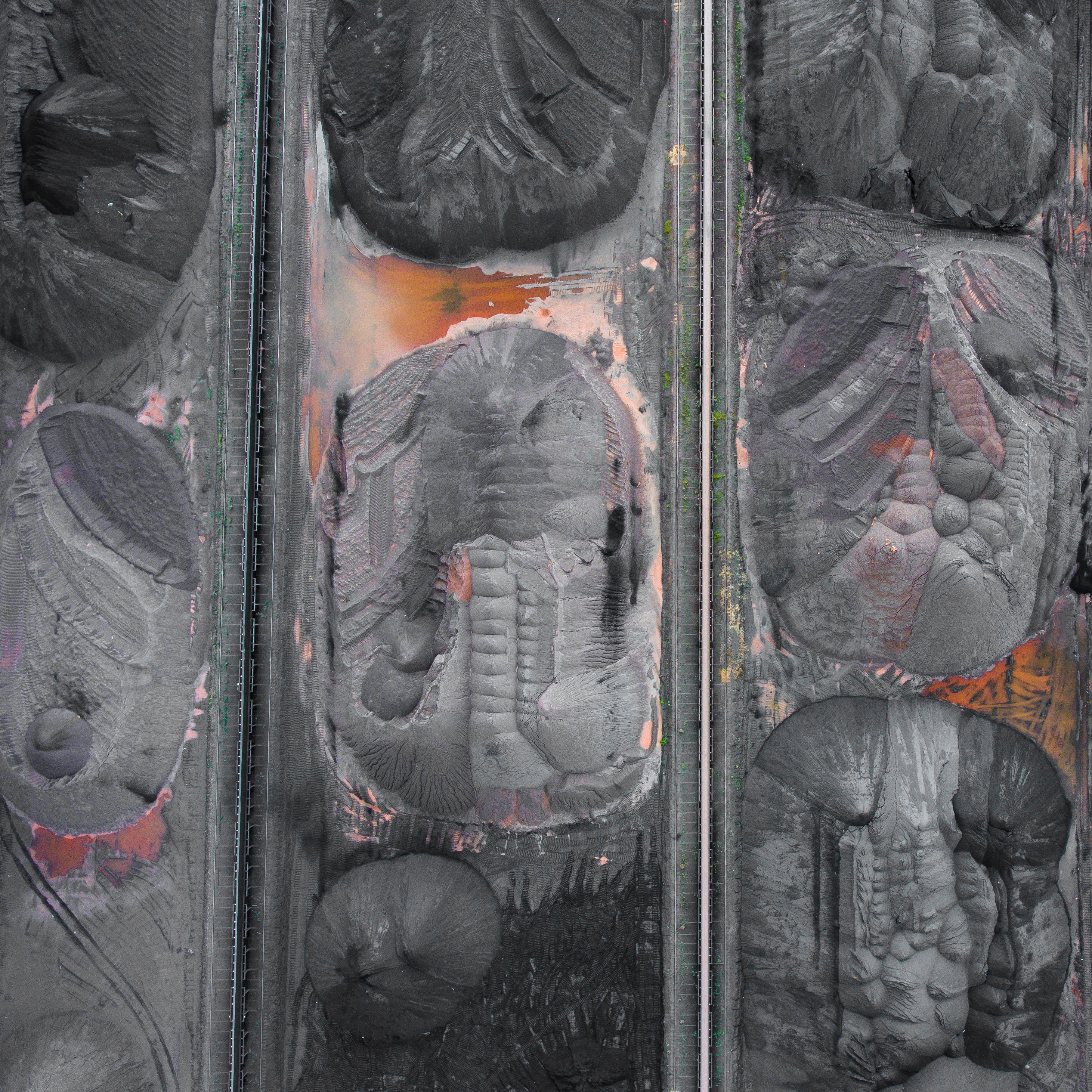Corporates: Due diligence for a brownfield infrastructure project
A developer needs to undertake a due diligence assessment of a brownfield infrastructure project (port) it is considering purchasing for a development. It wants to know if there are physical climate change risks that may result in unexpected short-term operational expenses or sooner-than-expected capital expenses that could impact the profitability of the development and their ability to service their loan.

How can XDI help?
- In-depth analysis of climate-related risks for large-scale infrastructure
- Assess on-site and surrounding risks using XDI’s unique meshing capability
- Explore adaptation options to inform capex and resilience strategies
The company has previously used a different vendor for climate risk analysis whose area-based analysis spread the risk equally across the entire area and therefore missed flooding in a ‘hot-spot’ that resulted in unforeseen operational expenses. For this reason, the company was keen to ensure any analysis would identify potential high risk ‘hot spots’ or sub-areas within the site, or in the area surrounding it.
XDI carried out point based analysis of the entire site that enabled hot spots and high risk dependencies to be easily identified. Analysis of the surrounding area, including access roads and trainline, was also conducted. High risk assets were identified and the cost-benefit of adaptation options for these were explored.
Results
The site was dependent on a single access road, near to an area identified as being at high risk of riverine flooding. Analysis of the surrounding area revealed that in the event of flooding, the road would become impassable, cutting off access to the site. After exploring a number of adaptation options, the developers were able to make an informed decision about how to adjust road placement and height to ensure it could withstand flooding events.
The developers also identified areas for the installation of flood gates which would protect other high risk assets on the site.
In addition to identifying these hot spots where adaptation was needed to de-risk the asset, XDI’s analysis provided clear, specific focal points for engaging stakeholders in conversations about risk and resilience, including local government.
Metrics provided included:
- Maximum Value at Risk (MVAR)
- Technical Insurance Premium
- Failure Probability
- Hazard breakdown of MVAR

Contact our sales team
Let’s explore how our experts can deliver your best, most actionable physical climate risk insights.
Secure, assurable results
Delivered how you need it
By physical climate risk specialists
Related use cases

Corporates: Reporting and disclosures (ISSB)

Corporates: Due diligence for a renewable energy project

Corporates: Due diligence for a brownfield infrastructure project

Corporates: Adaptation measures to ensure continued productivity
From simple, low cost analysis, to complex, detailed and specific,
XDI delivers actionable results
Our vision is not just to identify physical climate risks, but to mitigate them.
XDI can help you develop business plans for adaptation, helping you move from risk to resilience.
Talk to us today to find out more.

